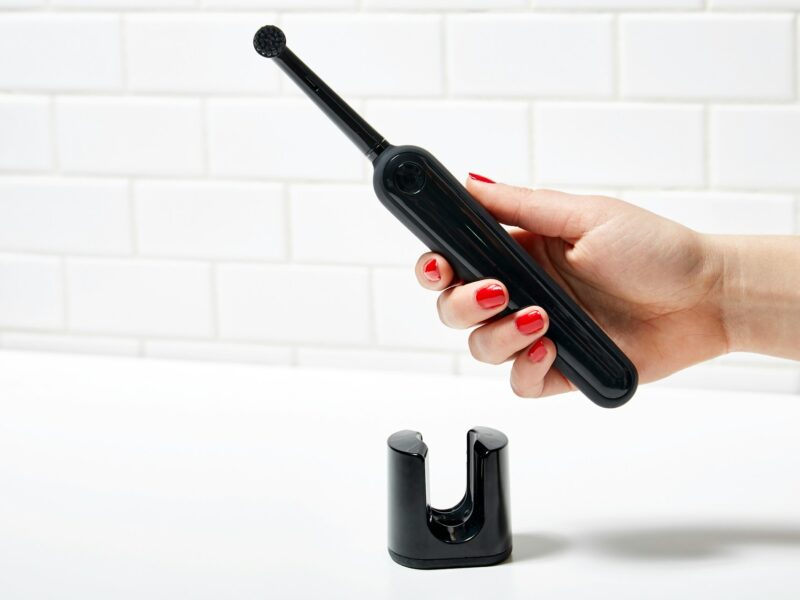As an employer, you might wonder what your obligations are regarding employee drug and alcohol program violations. You can’t simply fire an employee because of their past substance use, nor can you refuse to hire an employee who has completed a drug rehab program. However, you can do some things to ensure the safety of your employees.
Contents
Employers
Drug and alcohol program violations require employers to report violations. For example, if an employee tests positive for alcohol or drugs while on duty, they must be removed from safety-sensitive functions and notified of the results. These violations must also be documented and sent to the drug and alcohol Clearinghouse Database. In addition, an employer must prove actual knowledge of the offenses for a minimum of five years.
Drug and alcohol program violations can be costly for employers. The National Institute on Drug Abuse reports that employees who use drugs and alcohol are more likely to miss work, are late for work, change jobs frequently, and file more workers’ compensation claims. Furthermore, 75% of employers say they have been directly or indirectly affected by substance abuse. According to the Substance Abuse and Mental Health Services Administration, drug and alcohol use accounts for more than 50% of all workplace accidents and 50% of workers’ compensation claims.
Drivers
If you are a commercial driver, you must know about drug and alcohol program violations. The FMCSA has issued a proposed rule to make it easier for employers to report these violations to law enforcement. These rules outline what employers must report to the FMCSA about drug and alcohol violations, the procedure for reporting information, and the period in which employers must report the information. Employers must also report if their driver has received a citation for operating a commercial motor vehicle while intoxicated. However, employers are not required to report traffic citations that do not involve drivers operating commercial motor vehicles under the influence.
In the past, employers had to contact previous employers to see if a driver had any past drug and alcohol program violations. However, this is no longer necessary. The FMCSA has implemented a new database, called the Drug and Alcohol Clearinghouse, to keep track of drivers. This database will contain detailed records of every driver, including limo drivers, school bus drivers, construction equipment operators, sanitation drivers, and many others. This information will allow prospective employers to see whether a driver has been convicted of a substance-abuse offense.
Prescription Drugs
Prescription drugs are frequently abused, and abuse of these drugs is a growing problem. In 2016, over half a million people misused tranquilizers or sedatives. Prescription drugs are commonly misused by those suffering from mental health conditions or chronic pain. People who misuse them may be tempted to take higher or longer doses than prescribed. In addition, people who misuse prescription drugs may be at risk for substance abuse. There are many resources available from SAMHSA to help you stop the problem.
If you are on probation and are using prescription drugs, make sure you have a valid prescription. It is also important to disclose the details of the prescription to your probation officer. If you are caught using controlled substances, you will have to undergo substance abuse testing. You should pay for this testing and follow the provider’s directions. In addition, you must not consume alcohol or use it in a way that could compromise the test results.
Non-CMV Citations
If you’re driving a commercial motor vehicle (CMV) and failing a drug or alcohol test, you’re likely facing a non-CMV citation. Under the Omnibus Transportation Employee Testing Act of 1991, drivers can’t drive their commercial vehicles if they’re under the influence of alcohol or drugs. Tests will check for marijuana, cocaine, opiates, phencyclidine, and amphetamines, and they’re illegal for drivers to consume more than four hours before they perform safety-sensitive functions.
Non-CMV citations for drug or alcohol program violations are listed in an electronic database. Employers can query the Clearinghouse to check for violations and determine if a driver has a drug and alcohol history. Once a driver has an alcohol and drug violation on their record, their employer must check it before hiring them. Additionally, employers must check their driver’s records yearly for the rest of their employment. If they find something wrong, they can request that the information be removed.
Documentation
Documentation for drug and alcohol program violations has become an essential issue in the trucking industry. The FMCSA is changing its regulations, and the new requirements include driver-specific controlled substance records. If a driver is found to have violated these requirements, they may be prohibited from performing safety-sensitive functions or driving commercial motor vehicles.
To comply with federal rules, postsecondary institutions must provide students with information on drug and alcohol programs. This information can help ensure that students and employees know the risks associated with using drugs and alcohol. Moreover, the law also states that a person cannot be enrolled in two or more treatment programs simultaneously.



